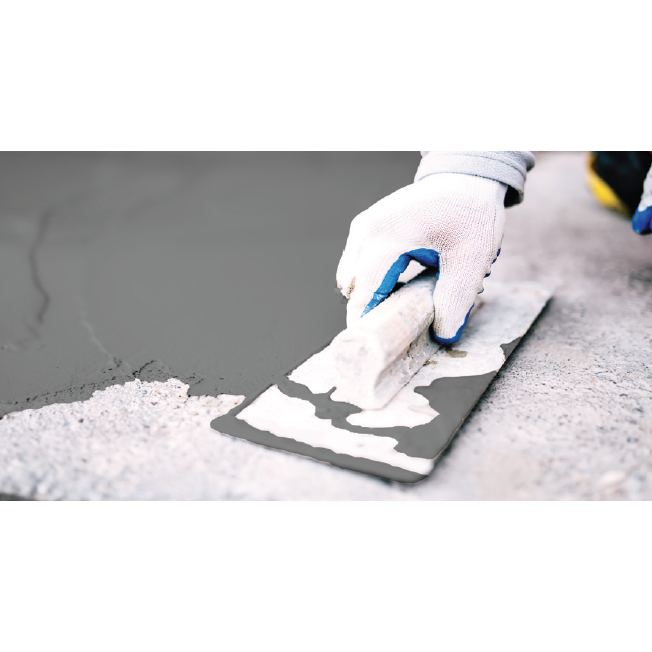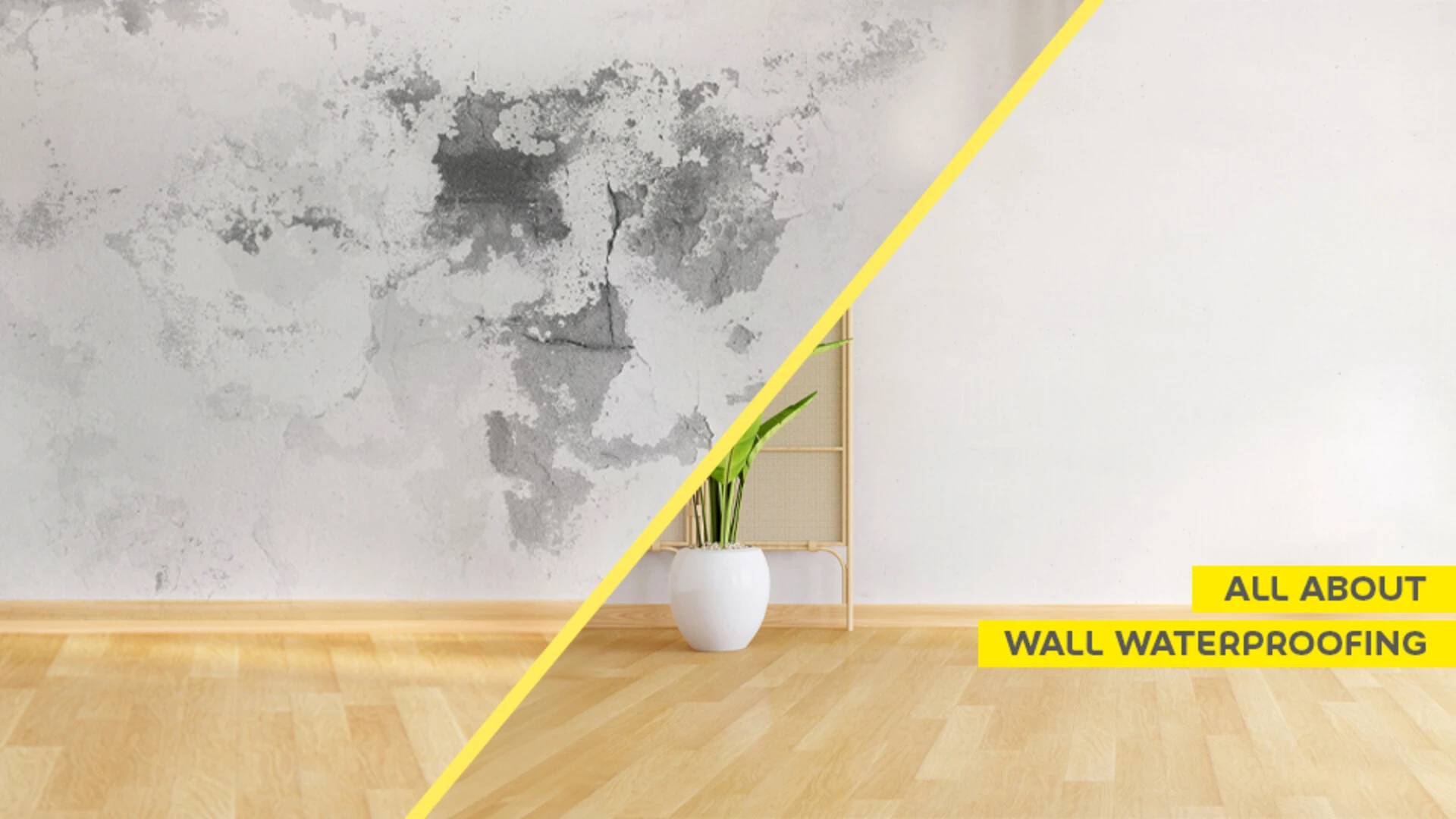Kinds of Waterproofing: Discovering the Different Techniques and Their Applications
Waterproofing is an essential facet of construction and upkeep. It protects structures from the detrimental impacts of water damage. There are numerous techniques offered, each with its unique applications and benefits. From membrane layer systems to cementitious options, comprehending these choices is crucial for reliable implementation. The option of waterproofing approach can considerably affect longevity and durability. Exploring these different strategies exposes their distinct benefits and potential obstacles, motivating further consideration of optimal solutions.
Membrane Layer Waterproofing Equipments
Membrane layer waterproofing systems function as an essential barrier versus water invasion in various structures. These systems usually contain slim sheets made from materials like rubber, polycarbonate, or bitumen, which are used to surface areas to avoid dampness penetration. They can be set up above or listed below grade and are specifically efficient in areas susceptible to high water direct exposure, such as basements, roof coverings, and foundations.The installment procedure entails cleansing the substrate, applying adhesives or primers, and precisely suitable the membrane layer to guarantee total coverage. Membrane systems can be either completely adhered, mechanically attached, or laid loose, relying on the details requirements of the project. They provide durability and versatility, fitting structural movements without jeopardizing their waterproofing abilities. Moreover, these systems can be reinforced with added layers for boosted defense. Eventually, membrane layer waterproofing systems are essential for guarding structures versus water damages and maintaining lasting stability.
Liquid-Applied Waterproofing Coatings
Liquid-applied waterproofing finishings give a versatile remedy for safeguarding surface areas from water infiltration - Drainage & waterproofing company Omaha. These coatings are composed of liquid materials that, when used, form a smooth, flexible membrane. Their versatility permits application on numerous substratums, consisting of concrete, metal, and timber. The finishes can be used in diverse environments, from domestic to industrial settings, making them suitable for roof coverings, foundations, and below-grade structures.One considerable benefit of liquid-applied finishes is their capacity to adhere to irregular forms and permeate splits, creating a robust obstacle against wetness. They usually display excellent attachment properties and resistance to UV radiation, making certain durability and sturdiness. Additionally, the application procedure is generally uncomplicated, permitting quick setup and reduced labor costs. This method likewise minimizes the threat of water merging, as the continuous layer efficiently routes water far from vulnerable areas. Generally, liquid-applied waterproofing layers are an efficient selection for comprehensive water defense
Cementitious Waterproofing Solutions

Cementitious waterproofing solutions use a durable choice for structures requiring trustworthy moisture security. These systems largely make use of a blend of concrete, sand, and chemical additives to produce a water-proof barrier. They are frequently used to surface areas such as concrete wall surfaces, foundations, and floorings, giving a long lasting, durable protection versus water intrusion.One of the crucial benefits of cementitious waterproofing is its convenience of application; it redirected here can be used using a brush, roller, or spray, making it ideal for numerous job dimensions. Additionally, this approach is suitable with lots of surfaces and can frequently be used along with various other waterproofing techniques.Cementitious services are specifically reliable in environments where water exposure is an issue, such as cellars or below-grade frameworks. Their excellent bond residential or commercial properties ensure that they bond well with substrates, giving a strong and nonporous layer versus dampness infiltration.
Bentonite Waterproofing
Bentonite waterproofing is an extremely reliable method that makes use of salt bentonite clay to develop an all-natural obstacle against water. This method manipulates the distinct homes of bentonite, which expands upon call with water, sealing any kind of prospective leaks and stopping wetness infiltration. It is typically used in various applications, including foundation wall surfaces, tunnels, and keeping walls, where water resistance is essential.Bentonite can be used in several types, such as panels or blankets, supplying convenience in installation. Its capability to self-seal makes it an appealing choice for areas subject to changing dirt or ever-changing water degrees. Furthermore, bentonite waterproofing is eco-friendly, as it is a natural material that does not introduce unsafe chemicals into the surroundings.
Drainage and Exterior Waterproofing Solutions
Efficient waterproofing frequently involves a mix of approaches, consisting of drain and external systems. Drainage systems, such as French drains pipes and sump pumps, are designed to redirect water far from structures, minimizing hydrostatic stress against foundations. These systems are essential in avoiding water build-up that can result in structural damage and mold growth.External waterproofing, on the other hand, entails using safety barriers to the structure's exterior. Strategies such as the installation of water resistant membranes, finishes, or sealers can aid avoid water seepage. This approach not just protects the foundation yet likewise enhances the total resilience of the structure.Together, drainage and exterior waterproofing systems form a comprehensive option to manage water effectively. By carrying out these strategies, homeowner can guard their financial wet area waterproofing investments against the harmful impacts of moisture, guaranteeing long-term stability and safety for their structures.
Often Asked Questions
Exactly how Do I Choose the Right Waterproofing Technique for My Job?
Choosing the right waterproofing technique relies on aspects check here such as project kind, environmental problems, budget, and preferred long life. Assessing these elements enables notified choices customized to certain needs and needs.

Can Waterproofing Be Applied in Winter Conditions?
Waterproofing can be used in winter problems, yet it calls for specific products and techniques. Cold temperatures may influence curing times and attachment, demanding cautious choice of products designed for low-temperature application.
What Are the Usual Indications of Waterproofing Failure?
Usual signs of waterproofing failure include visible water spots, peeling paint, damp odors, mold development, and cracks in wall surfaces or structures. Sump pump discharge drainage Omaha. These signs suggest that dampness is permeating the obstacle, endangering its effectiveness
The Length Of Time Does Waterproofing Last Before Requiring Upkeep?
The long life of waterproofing varies, normally lasting in between 5 to 10 years. Aspects such as material high quality, ecological conditions, and upkeep techniques affect its resilience, necessitating regular evaluations to ensure reliable security against water intrusion.
Are There Eco-Friendly Waterproofing Options Available?
The question of eco-friendly waterproofing choices exposes a growing interest in lasting materials (French drain installation Omaha). Different natural compounds, such as plant-based sealers and recycled products, offer efficient services while decreasing ecological impact, attracting eco conscious customers